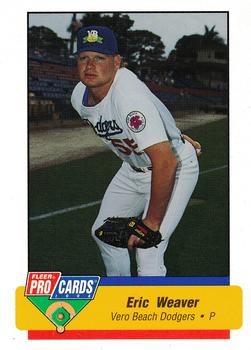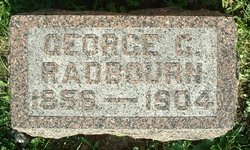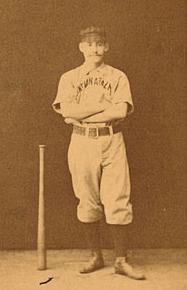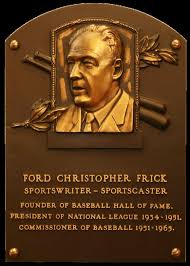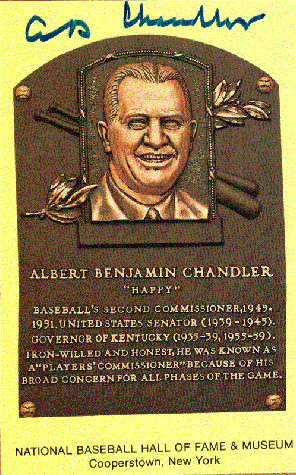Born in Peoria- Daniel Dugdale- “Father of Seattle Baseball”
PLEASE FEEL FREE TO SHARE! Central Illinois has had many major league baseball players in history. Let’s look at them from the 12 counties that we have selected to become Central Illinois. (Logan, McLean, DeWitt, Knox, Woodford, Fulton, Peoria, Mason, Tazewell, Cass, Morgan, Sangamon) Daniel Dugdale “Father of Seattle Baseball” Major League Debut May 20,…


